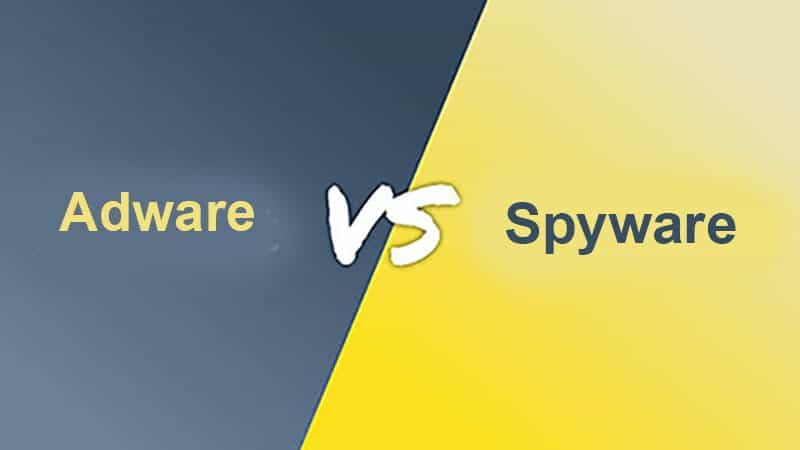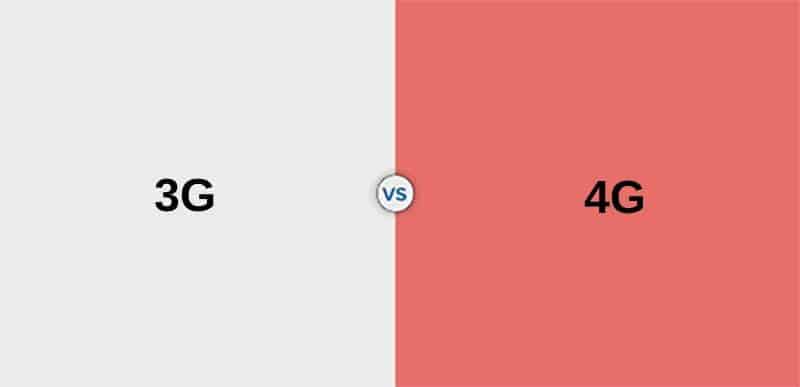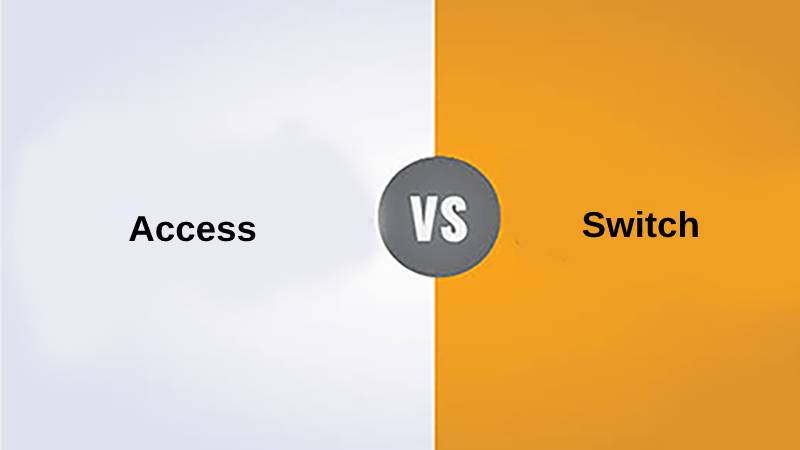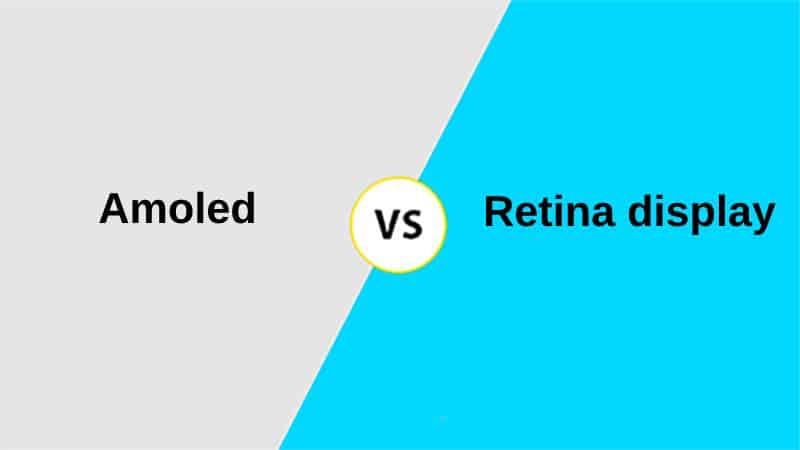What is ICT?
ICT stands for “Information and Communications Technology.” It is a broad term encompassing all technologies that manipulate and communicate information. ICT includes hardware and software solutions and the various technologies used for transmitting and receiving data.
Key components and aspects of ICT include:
- Computing Devices: This includes personal computers, laptops, tablets, smartphones, servers, and other computing hardware for processing and storing data.
- Software: ICT involves the development, installation, and use of software applications and operating systems that enable users to perform various tasks, from word processing to complex data analysis.
- Networking: ICT relies on networking technologies to connect devices and enable data transmission. This includes local area networks (LANs), wide area networks (WANs), and the internet.
- Internet: The internet plays a central role in ICT by providing a global network for exchanging information and communication through websites, email, social media, and other online services.
- Telecommunications: ICT encompasses telecommunications technologies, including wired and wireless communication systems, such as landline phones, mobile phones, fiber optics, and satellite communication.
- Data Storage: ICT involves data storage solutions, including hard drives, solid-state drives, cloud storage, and data centers, to manage and preserve digital information.
- Cybersecurity: Security is a critical aspect of ICT, as it protects data, networks, and systems from unauthorized access, breaches, and cyber threats.
- Data Management: ICT includes tools and practices for collecting, organizing, analyzing, and managing large volumes of data, called “big data.”
- Multimedia: ICT incorporates multimedia technologies, such as audio, video, and graphics, used in various applications, including entertainment, education, and communication.
- E-commerce: Online commerce and electronic transactions are part of ICT, enabling businesses and consumers to buy and sell goods and services over the internet.
- Information Systems: ICT involves the development and use of information systems, which are structured frameworks for collecting, storing, processing, and disseminating information within organizations.
- Automation: Automation technologies, including robotics and artificial intelligence (AI), are increasingly integrated into ICT to streamline processes and perform repetitive tasks.
What is IT?
IT stands for “Information Technology.” It is a broad and encompassing term that refers to using computers, software, hardware, networks, and electronic systems to store, process, transmit, and manage digital information. Information Technology encompasses a wide range of technologies and practices that enable the acquisition, processing, storage, and dissemination of data and information.
Key components and aspects of IT include:
- Computing Devices: IT includes using computers, servers, workstations, laptops, tablets, and other computing devices for various purposes, such as data processing, software development, and information management.
- Software: IT involves the development, installation, and maintenance of software applications, including operating systems, productivity software, database management systems, and specialized software for various industries and purposes.
- Networking: Networking technologies are essential in IT, facilitating the connection of devices and the establishment of communication channels locally (LANs) and globally (WANs and the internet).
- Cybersecurity: IT places a significant emphasis on cybersecurity, including implementing security measures, protocols, and technologies to protect digital assets and data from unauthorized access, breaches, and cyber threats.
- Data Management: Managing data is a core component of IT, involving the organization, storage, retrieval, and analysis of data to support decision-making, reporting, and business processes.
- Hardware: IT encompasses the selection, deployment, and maintenance of hardware components, such as servers, storage devices, routers, switches, and other infrastructure elements.
- Telecommunications: IT incorporates telecommunications technologies, including voice and data communication systems, to enable real-time and remote communication.
- Information Systems: IT systems are designed and implemented to support specific business processes, functions, or industries. These systems include Enterprise Resource Planning (ERP), Customer Relationship Management (CRM), and more.
- Cloud Computing: IT includes cloud computing services and technologies, allowing organizations to store and access data and applications remotely on cloud servers.
- E-commerce: IT plays a significant role in e-commerce, enabling online transactions, digital marketing, and the management of online storefronts.
- Automation and Artificial Intelligence: IT integrates automation technologies, robotics, and artificial intelligence (AI) to streamline processes, enhance efficiency, and perform tasks with minimal human intervention.
- Software Development: IT professionals are involved in software development, coding, and programming to create applications and solutions tailored to specific needs.
- IT Support and Helpdesk: IT support personnel provide assistance, troubleshooting, and technical support to users and organizations, ensuring the smooth operation of technology systems.
Comparison Table Between ICT and IT?
| Aspect | ICT | IT |
|---|---|---|
| Definition | Encompasses technologies for information management, communication, and data handling. | Encompasses technologies, systems, and practices for information processing and technology management. |
| Scope | Broader in scope, including communication technologies and systems, such as telephony and networks. | More focused on computing, hardware, software, data management, and technology infrastructure. |
| Communication | Emphasizes communication technologies, including telecommunications, internet, and networking. | Communication technologies are part of ICT but not the primary focus. |
| Data Handling | Encompasses data management but extends to the broader context of information exchange and communication. | Primarily focused on data management, processing, storage, and retrieval. |
| Emphasis | Places equal emphasis on information handling, communication, and technology. | Primarily emphasizes technology, hardware, software, and data. |
| Industry Focus | Commonly used in a wide range of industries, including telecommunications, media, and technology. | Widely used across various industries, including business, healthcare, finance, and government. |
| Education and Research | ICT programs incorporate communication and media studies, alongside traditional IT subjects. | IT programs focus more on computing, programming, and technology-related subjects. |
| Integration of Technology | ICT may integrate a broader range of technologies, including multimedia and audiovisual systems. | IT focuses on core computing and data technologies, with less emphasis on multimedia. |
| Business Applications | ICT has applications in business but is not limited to it, as it extends to other fields like media and telecommunications. | IT is highly applicable to business operations, including infrastructure management and software solutions. |
| Terminology and Usage | ICT is a term more commonly used in certain regions and contexts, such as education and international development. | IT is a well-established term used in business, technology, and industry contexts globally. |
| Broad or Specific | ICT is used in a broad context to encompass a wide range of technologies and practices. | IT is more specific, focusing on computing, technology infrastructure, and software. |
| Evolving Scope | ICT’s scope can evolve to include new communication technologies and practices as they emerge. | IT’s scope remains relatively stable, with a focus on core technology areas. |
Main Differences Between ICT and IT
ICT:
- Communication-Centric: ICT is communication-centric, meaning it places a strong emphasis on technologies and practices related to communication, including telephony, internet connectivity, and networking. It encompasses a wide range of technologies used for information exchange and interaction.
- Broader Context: ICT operates in a broader societal and developmental context. It is frequently used in initiatives related to bridging the digital divide, enhancing access to information, and promoting communication in various sectors, including education and healthcare.
- Multimedia Integration: ICT may involve integrating multimedia elements, such as audio, video, and graphics, into communication and information systems. This is especially relevant in the context of media and content delivery.
- International Development: ICT is sometimes associated with international development efforts to leverage technology to improve the quality of life and access to information in underserved and developing regions.
- Education Emphasis: In education settings, ICT programs include components related to media studies, digital literacy, and communication technologies, along with traditional IT subjects.
IT:
- Technology-Centric: IT is primarily technology-centric, focusing on core computing technologies, hardware, software, data management, and technology infrastructure. While it includes communication technologies, they are not the primary focus.
- Business and Industry Orientation: IT is commonly associated with business and industry applications. It plays a pivotal role in organizations, supporting various business functions, including data processing, operations, and decision-making.
- Software Development: IT involves software development, coding, programming, and creating software applications tailored to specific organizational needs.
- Cybersecurity Emphasis: In IT, cybersecurity is a critical focus area, with professionals working to protect data, systems, and networks from cyber threats and breaches.
- Traditional IT Functions: IT departments within organizations are responsible for tasks such as managing IT infrastructure, implementing software solutions, and providing technical support to employees.
- Global Terminology: IT is a widely recognized and globally accepted term used in various industries and contexts. It is a common term for technology-related roles and functions.


















